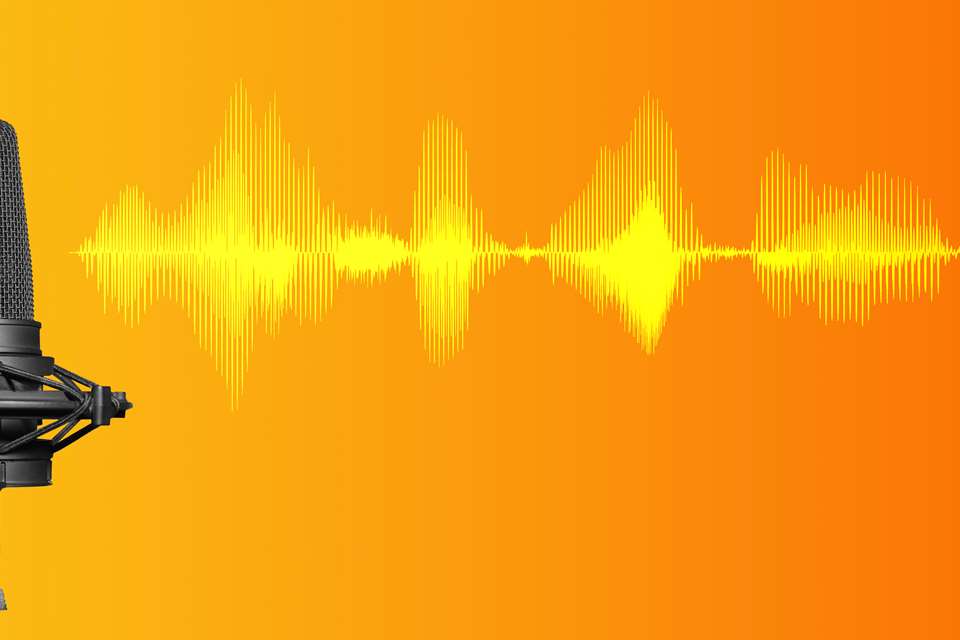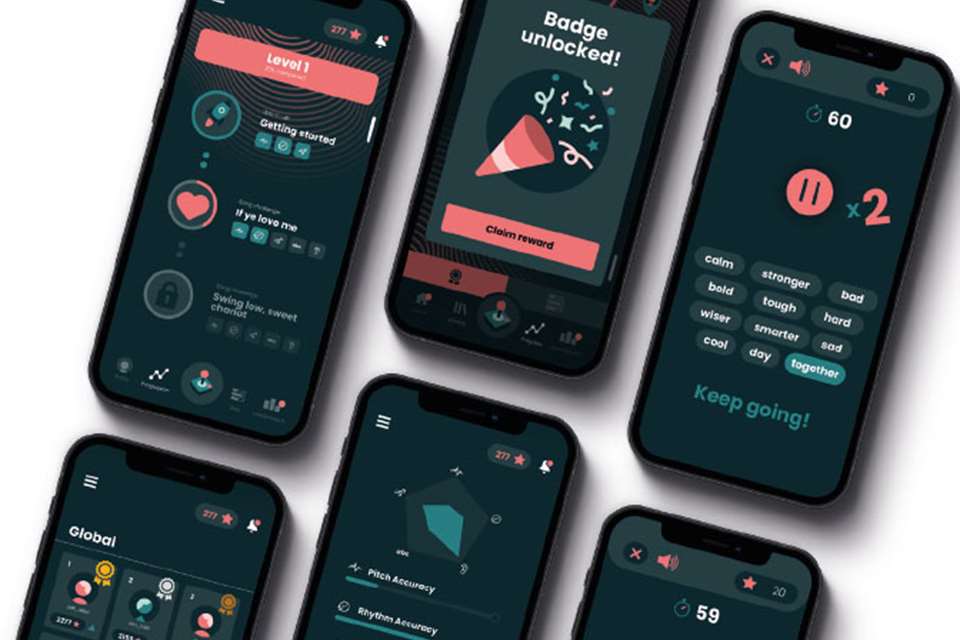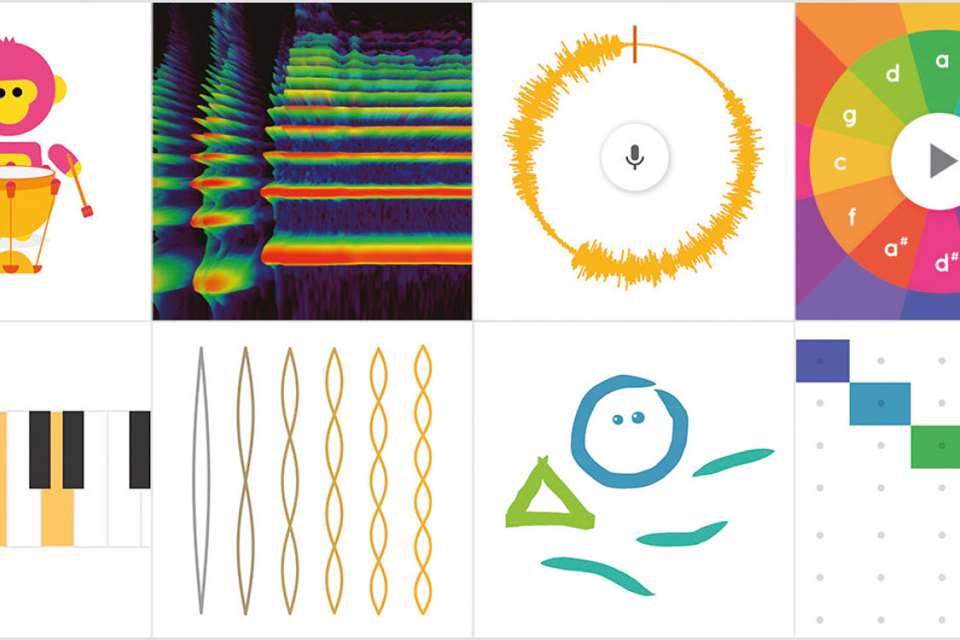Tech Column: Hear me out
Dale Wills
Thursday, September 1, 2022
On the hunt to find an ear damage prevention strategy for music students, Dale Wills investigates a new offering from OIKLA that can help alter the perceived volume of a sound.

Blue Ring Media / Adobe Stock
Earphones are a bit like cars: they are a necessary feature of modern life, their output is regulated by law, and they both happily exceed their legal limits without too much encouragement. Apple earbuds (as an example) will happily put out 102 decibels which, according to the World Health Organization (WHO), will permanently damage hearing after only 10 minutes of exposure.
WHO predicts that nearly half of us are exposed to unsafe levels of sound from personal audio devices, at clubs, bars, and concerts. Recent cases have also highlighted the dangers from performing in bands, as DJs, and even in classical orchestras. As educators, what are we doing to prevent a whole generation growing up with hearing damage?
Why do we listen to loud music?
I recently met Luigi Cosi, a DJ and entrepreneur who made it his mission to make listening safer. Cosi asked a very simple question: why do we enjoy listening to music so loudly? Like driving over the speed limit, there's something thrilling about loud sounds. They tap into a behavioural and emotional responses buried deep in our limbic system. But, as Cosi points out, there is more to our connection to loud sound than that.
Our ears are biologically tuned to the frequencies which are important to us in nature; the sounds of babies crying, the pitch of speech, and the sounds of potential predators creeping up on us. Extremes of low and high frequencies just aren't as important to us, and therefore our cochleae are less good at picking them up.
Bass-driven sounds
The problem is that we have an aesthetic of music and cinematic sound based on high and low frequencies. Much of the music we listen to is driven by bass. Much of the way we locate a sound in 3D space is based on its high frequencies. Imagine an explosion in an immersive video game with the volume on low – the mid-frequency sounds are transmitted clearly, but the sound is missing the vital information which tells the player where the sound came from.
This theory is nothing new. Fletcher and Munson were mapping out early equal-loudness contours almost 100 years ago. Cosi's amazing idea was to take this information and develop a way of listening to music which replicates the experience of listening at a high dB (SPL) while still listening at a level which won't cause permanent damage. At high volume, our perception of those driving bass frequencies and directional high frequencies increases relative to the mids.
A 3D experience
Cosi and his company OIKLA have released the first of their designs: Shape, a minimalistic, yet highly sophisticated plugin that integrates with most DAWs. With a single dial, Shape allows the user to control both the output volume and the perceived volume of a sound. The sound source is shaped around the psychoacoustics of the human ear. The results are astounding. The level of detail which can be heard in a recording grows more than you could imagine. I tried this on a recording I'd made of an orchestra last week – pushing Shape to add 50 dB of perceived volume (while keeping the playback level untouched) revealed individual breaths from the wind players, the release of violin bows, and a raft of other sounds which were buried in the recording.
The second unexpected benefit of Shape is to increase spatialisation of the sound – quite simply, it makes everything sound more 3D. Sound localisation is heavily dependent on the frequency content of the sound heard. Since the sound level affects the perceived frequency spectrum, it can reduce localisation accuracy for predominantly rich sounds, such as explosions, in low and high frequencies. My recordings popped out into a 3D space which I had never imaged they would occupy.
Perception and Shape
Shape is the first of OIKLA's amazing tools. The next, Perception, is an even more powerful psychoacoustic sculpting tool which will benefit audio engineers, mixer engineers, gamers, and listeners alike. This tool is going to become a must-have in the audio world and the first line of defense in the battle to save our hearing.
Cosi is a man on a mission. As musicians, our hearing is one of our most precious tools and one which, once lost, can never be replaced. OIKLA's work could save thousands of us from preventative hearing damage, and I for one am up for the ride.







